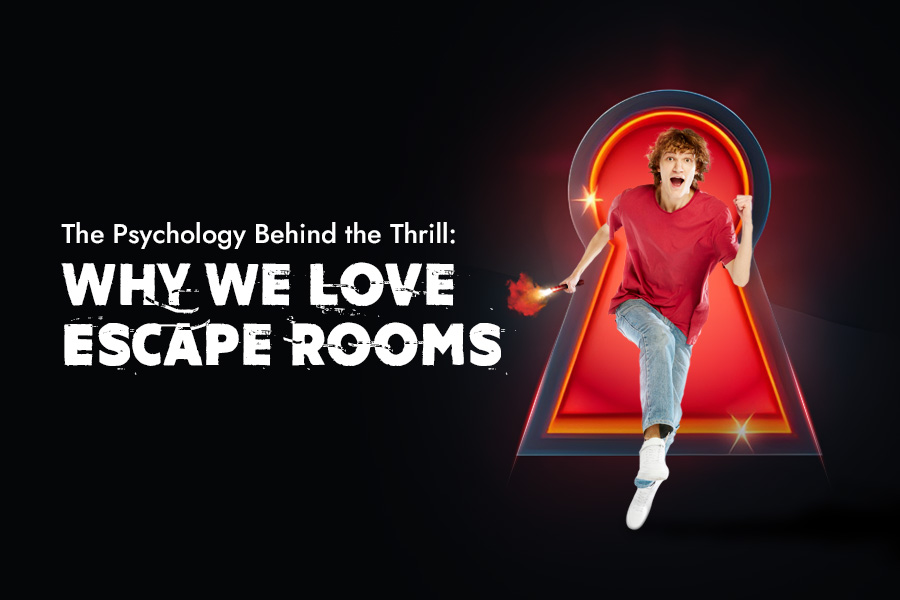Escape rooms have swept the globe, becoming a popular pastime for people of all ages. These immersive experiences provide a unique combination of adventure, puzzle-solving, and teamwork, making them an excellent group activity. But what is it about escape rooms that capture our attention and keep us returning for more? The answer is found in the psychology associated with the thrill.
The Attraction of Mystery
Humans are by nature, curious creatures. We are naturally drawn to mysteries and puzzles, and escape rooms capitalize on this primal desire. Your brain enters detective mode the moment you enter an escape room and are presented with a scenario or storyline. You become invested in solving the puzzle and discovering the unknown. The act of attempting to solve a mystery causes a rush of excitement.
The Challenge of Problem-Solving
At their core, escape rooms are a series of interconnected puzzles and challenges. Each puzzle presents a unique problem to be solved, whether it’s figuring out a cryptic code, discovering hidden objects, or unlocking a complex mechanism. Problem-solving is good for the brain. When we successfully solve puzzles, dopamine, the feel-good neurotransmitter, is released, creating a sense of accomplishment and satisfaction.
The Rush of Time Pressure
The ticking clock is an essential component of escape rooms. Time constraints add an extra layer of excitement and difficulty. This sense of urgency activates the body’s stress response, causing adrenaline to be released. It’s the same rush of adrenaline you’d get from a thrilling roller coaster ride or a tense sporting event. This adrenaline rush is part of the fun in a controlled environment, such as an escape room.
Great Team Building Activity
Escape rooms are frequently designed for groups, and teamwork is essential for victory. Working together to solve puzzles and escape adds to the fun of this great team-building activity. It taps into our social nature by allowing us to connect with others and share the joy of solving challenges with each other. The sense of unity and shared achievement strengthens bonds and enhances overall enjoyment.
The Immersive Experience
The purpose of escape rooms is to transport participants to different worlds and scenarios. This immersion heightens the excitement by making you feel like the hero of your own story. The rich storytelling and detailed set design make the experience more vivid and engaging, whether you’re in the cell of a prisoner or a wizard’s academy.
The Dopamine Reward System
The brain’s reward system, which is activated by the release of dopamine, is central to our obsession with escape rooms. The small victories in each puzzle, the progress made, and, finally, the successful escape all cause dopamine to be released. This helps to reinforce the good feelings associated with the experience.
Finally, the psychology behind our thrill for escape rooms is rooted in our innate curiosity, love of problem-solving, and the rush of excitement generated by time constraints and teamwork. These factors, combined with immersive storytelling and the brain’s reward system, make escape rooms irresistible. They not only test our intellects, but they also provide a memorable and enjoyable way to spend time with friends and family.
